Dances in Honduras: Unveiling the National and Regional Dances of Honduras
Introduction:
Nestled in the heart of Central America, Honduras is a nation that reverberates with a cultural tapestry woven from the diverse threads of its indigenous roots, colonial history, and Afro-Caribbean influences. The dances of Honduras, both national and regional, serve as dynamic expressions of this cultural amalgamation. From the spirited Garifuna punta to the symbolic Lencan dance, this exploration aims to unravel the intricacies of Honduras’ national and regional dances, delving into their origins, characteristics, and cultural significance.
I. National Dances:
1.1 Punta: The Energetic Pulse of the Garifuna People
Punta, often considered the national dance of Honduras, is deeply rooted in the vibrant culture of the Garifuna people. Originating from the Afro-Caribbean community along the northern coast of Honduras, punta is characterized by rapid hip movements, rhythmic drumming, and a lively call-and-response between dancers and drummers. The dance serves as a celebration of Garifuna heritage, with each movement embodying the energy and resilience of this unique Afro-Caribbean community.
1.2 Xiqueño: Indigenous Heritage in Dance
Xiqueño, representing the Lenca indigenous culture, is a ceremonial dance that pays homage to the ancient traditions of the Lenca people. Characterized by intricate footwork, colorful costumes, and symbolic gestures, Xiqueño is often performed during cultural events and festivities. The dance serves as a testament to the enduring spirit of the Lenca people, preserving their indigenous heritage through rhythmic expressions.
II. Regional Dances:
2.1 Palo de Mayo: Caribbean Rhythms in the Bay Islands
Palo de Mayo, originating in the Bay Islands, is a festive dance that fuses African, indigenous, and European influences. Celebrated during the month of May, the dance involves vibrant costumes, rhythmic movements, and the accompaniment of traditional instruments. Palo de Mayo is a lively celebration of the cultural diversity in the Bay Islands, blending elements from various cultural heritages into a dynamic and colorful expression.
2.2 Mestizo Dance: Fusion in the Central Highlands
Mestizo Dance, prevalent in the central highlands of Honduras, represents the fusion of indigenous and Spanish influences. This dance form often incorporates elements of Spanish folk dances, such as zapateado (foot stomping) and castanets, infused with local rhythms and traditions. Mestizo Dance serves as a reflection of the mixed heritage of the Mestizo population in Honduras, showcasing the cultural fusion that defines this region.
2.3 Chindongo: Afro-Indigenous Harmony in La Mosquitia
Chindongo, rooted in the La Mosquitia region, is a dance that harmoniously blends Afro-Caribbean and indigenous influences. Characterized by rhythmic footwork, vibrant costumes, and the use of percussion instruments, Chindongo is a celebration of the cultural diversity in this coastal area. The dance reflects the historical interactions between the Afro-Caribbean and indigenous communities in La Mosquitia.
2.4 Jutía Dance: Celebrating Afro-Indigenous Heritage
Jutía Dance, prevalent in the department of Colón, is a cultural expression that celebrates the Afro-Indigenous heritage of the region. The dance involves dynamic movements, lively music, and colorful costumes, creating a vibrant spectacle during local festivities. Jutía Dance is a testament to the cultural fusion in Colón, embodying the shared traditions of Afro-Caribbean and indigenous communities in this coastal area.
2.5 Tusa Dance: Afro-Caribbean Festivity in Trujillo
Tusa Dance, originating in the coastal town of Trujillo, is a festive Afro-Caribbean dance that captures the essence of local celebrations. The dance involves energetic movements, colorful costumes, and the infectious beat of Afro-Caribbean rhythms. Tusa Dance is often performed during religious festivals and cultural events, serving as a joyful expression of the Afro-Caribbean culture in the Trujillo region.
III. Characteristics of Honduran Dances:
3.1 Cultural Diversity: A Melting Pot of Influences
Honduran dances are characterized by a rich tapestry of cultural influences, reflecting the country’s diverse population and historical interactions. From the Afro-Caribbean rhythms of punta to the indigenous heritage in Xiqueño and the cultural fusion in Mestizo Dance, each dance form contributes to the mosaic of Honduras’ cultural identity.
3.2 Symbolic Movements: Narratives in Motion
Honduran dances often feature symbolic movements that convey narratives, histories, and cultural significance. Whether in the energetic hip movements of punta, the ceremonial gestures of Xiqueño, or the celebratory expressions in Palo de Mayo, each movement becomes a vessel for preserving and communicating cultural heritage.
3.3 Traditional Attire: Visual Expressions of Identity
Traditional attire plays a significant role in Honduran dances, serving as visual expressions of cultural identity and regional diversity. The vibrant costumes in punta, the ceremonial garments in Xiqueño, and the colorful attire in Palo de Mayo contribute to the visual richness of each performance, reflecting the cultural nuances of different communities.
3.4 Communal Participation: Shared Celebrations
Many Honduran dances involve communal participation, fostering a sense of shared celebration and identity. Whether it’s the lively festivities of Palo de Mayo, the communal expressions in Mestizo Dance, or the joyous celebrations of Tusa Dance, these dances strengthen the bonds within communities, making them integral to Honduran social and cultural life.
3.5 Rhythmic Diversity: Beats that Resonate
The rhythmic diversity of Honduran dances is a distinctive feature, with each region contributing unique beats and musical styles. From the drumming and percussion in punta to the traditional instruments in Xiqueño and the lively rhythms of Palo de Mayo, the dances showcase the rich musical heritage that accompanies the rhythmic narratives of Honduras.
IV. Influences and Evolution:
4.1 Indigenous Resilience: Preserving Ancestral Traditions
Honduran dances, such as Xiqueño, serve as a means of preserving ancestral knowledge and cultural practices. The resilience of indigenous communities is evident in the enduring influence of dances that have been passed down through generations, connecting contemporary Hondurans with their ancestral roots.
4.2 Afro-Caribbean Legacy: Celebrating Diversity
Dances like punta, Tusa Dance, and Palo de Mayo stand as celebrations of Honduras’ Afro-Caribbean legacy, showcasing the resilience and creativity of Afro-Caribbean communities and their unique cultural expressions. These dances have evolved into vibrant representations of the diversity within Honduras.
4.3 Cultural Fusion: Embracing Diversity
Honduran dances, particularly Mestizo Dance and Chindongo, showcase the country’s openness to cultural fusion. These dances reflect the blending of indigenous and Spanish traditions, as well as the harmonious synthesis of Afro-Caribbean and indigenous influences, contributing to the cultural diversity that defines Honduras.
4.4 Contemporary Expressions: Innovations in Dance
While deeply rooted in tradition, Honduran dances continue to evolve with contemporary influences. The fusion of modern dance styles, the incorporation of electronic elements in music, and the global exchange of dance techniques contribute to the ongoing innovation within Honduran dance culture, ensuring its continued relevance for new generations.
V. Conclusion:
Honduras’ national and regional dances form a vibrant and diverse mosaic that reflects the country’s cultural richness, historical depth, and geographical diversity. From the spirited rhythms of punta and the ceremonial traditions of Xiqueño to the festive celebrations of Palo de Mayo and the cultural fusion in Mestizo Dance, each dance encapsulates a unique facet of Honduras’ identity.
As Honduras continues to evolve, its dances adapt to changing times while holding steadfast to the roots embedded in centuries-old traditions. The dance traditions of Honduras are a testament to the resilience of its indigenous, Afro-Caribbean, and mestizo influences, inviting people to explore the stories, rhythms, and cultural expressions that define the nation. Through each movement, costume, and celebration, the dances endure as living expressions of a rich and diverse cultural legacy, inviting the world to join in the rhythmic narratives of Honduras.


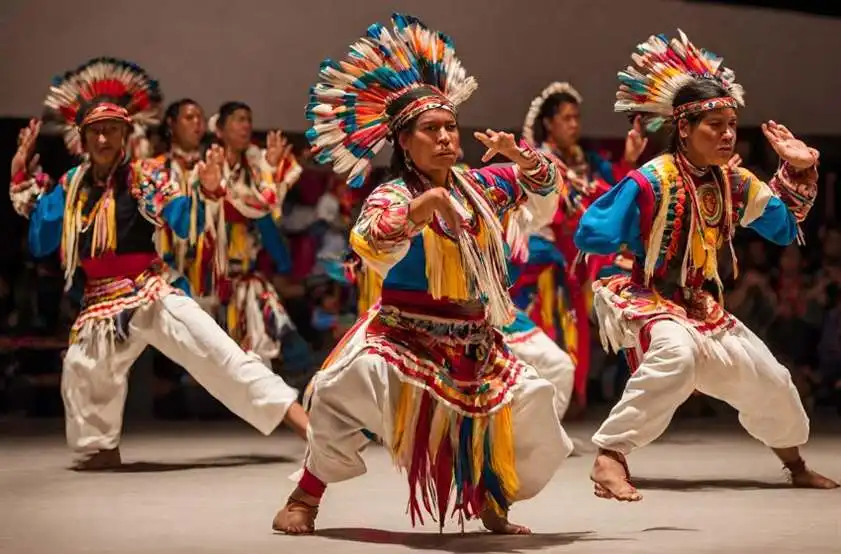
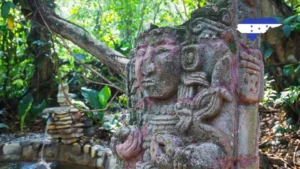
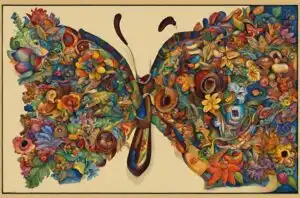
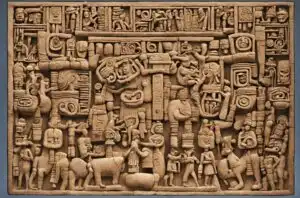
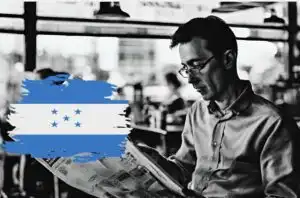

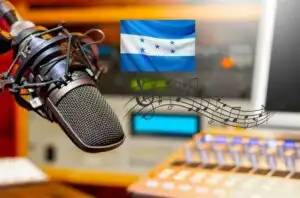
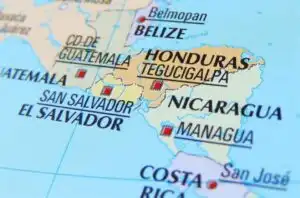
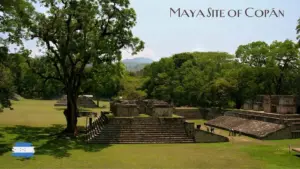

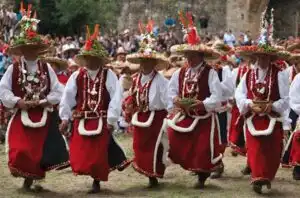

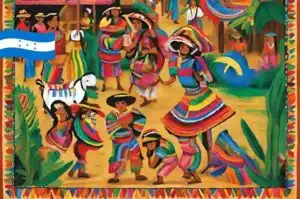
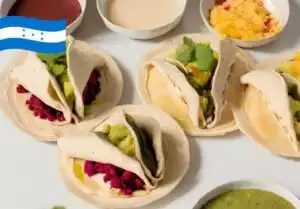
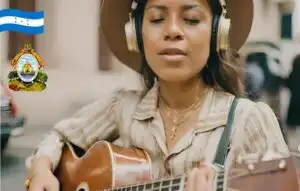
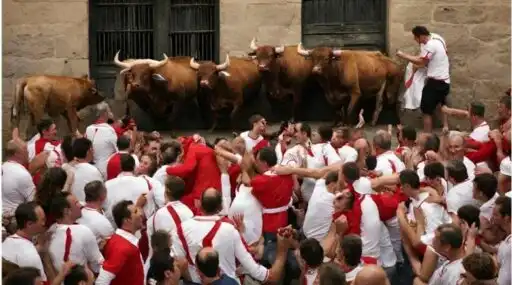
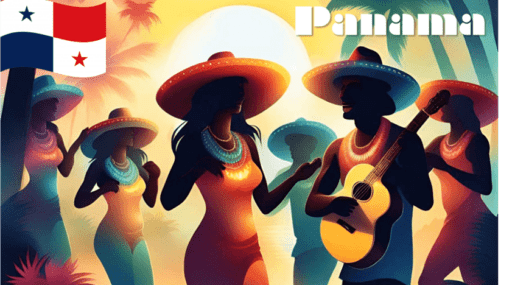
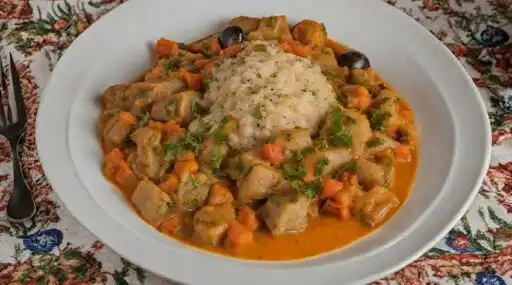
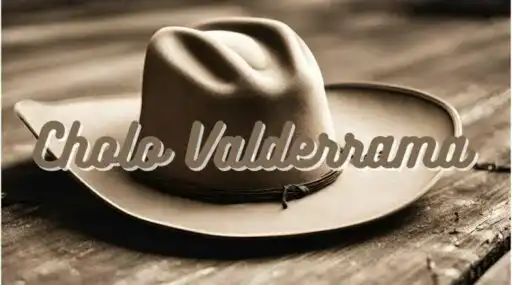
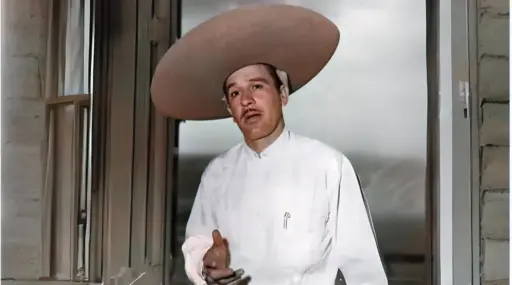
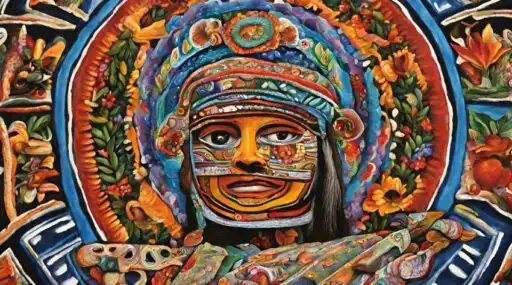

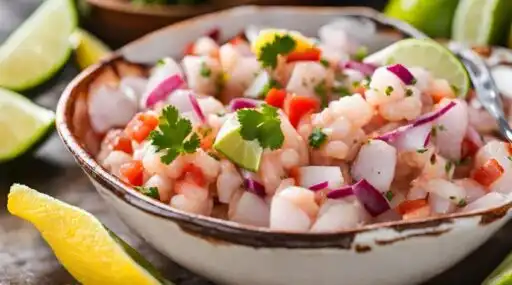
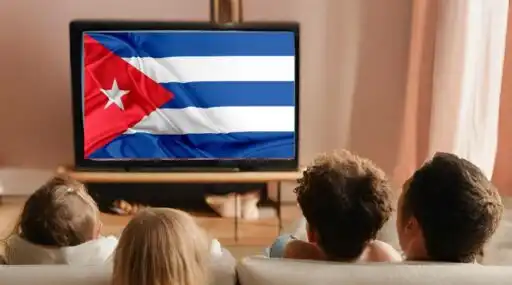
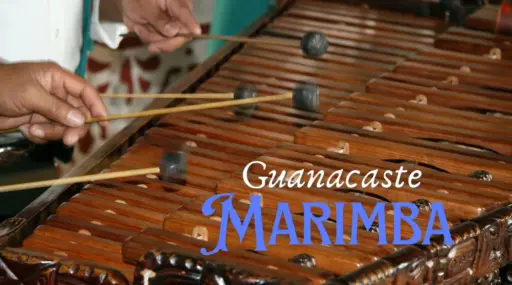

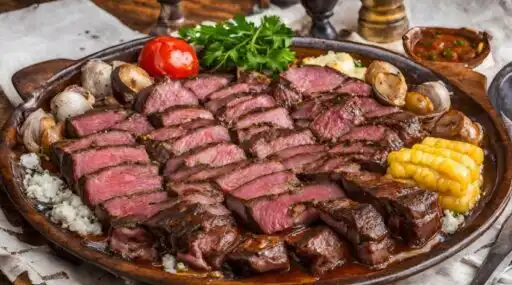
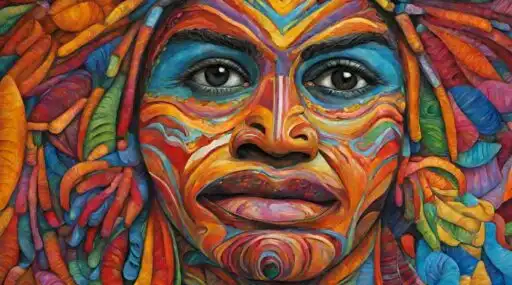
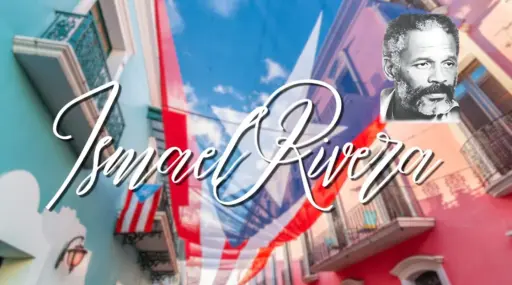
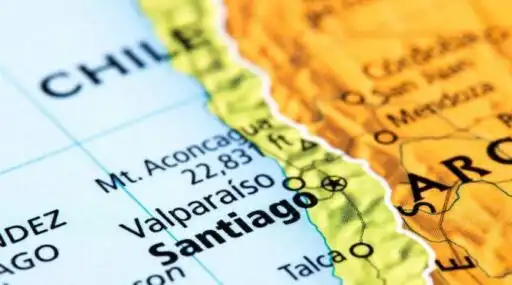
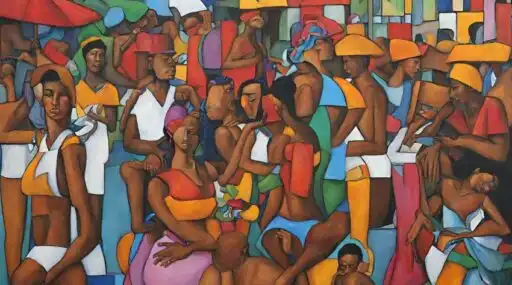
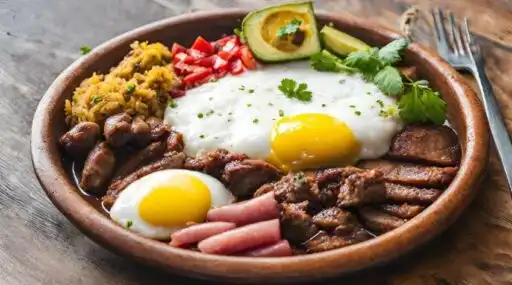
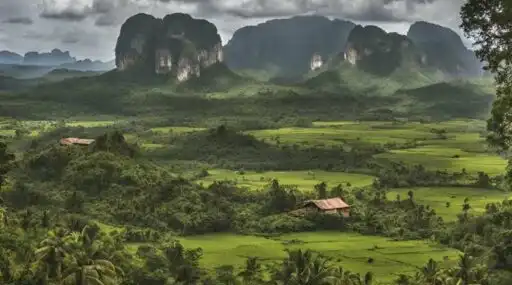
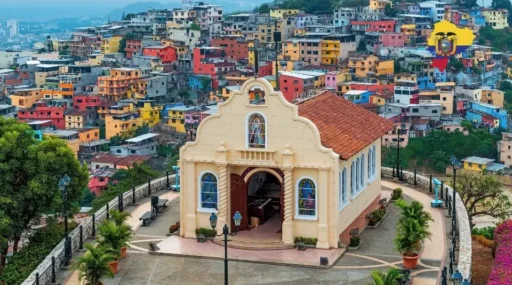
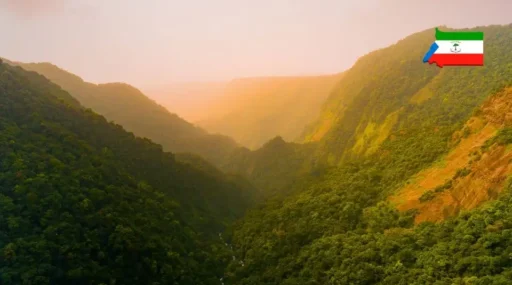
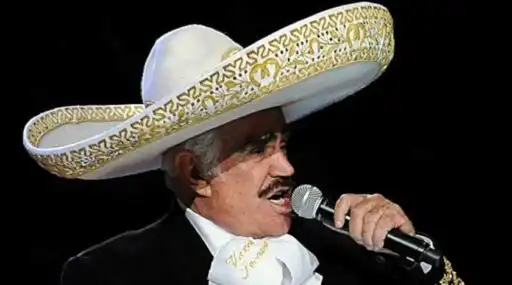
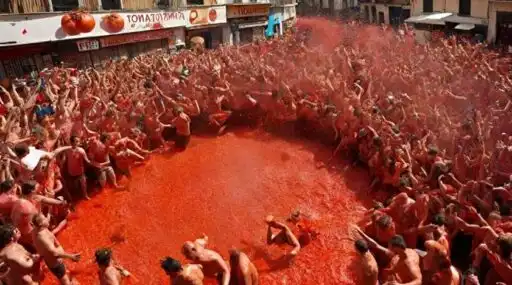
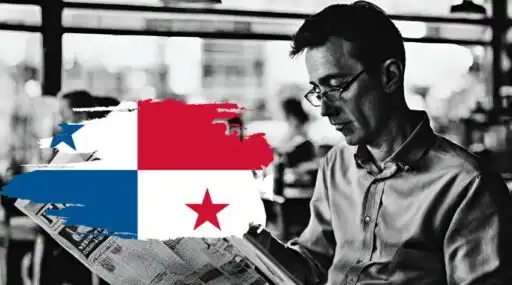
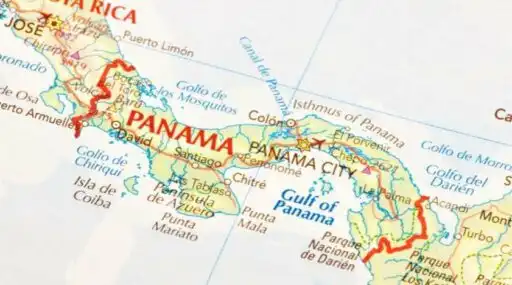
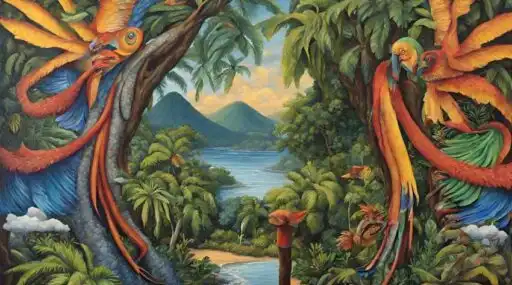
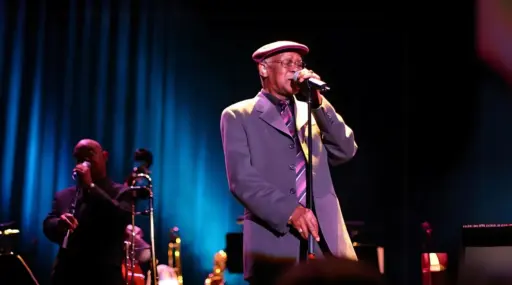
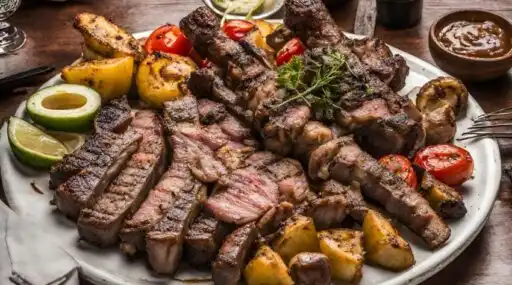

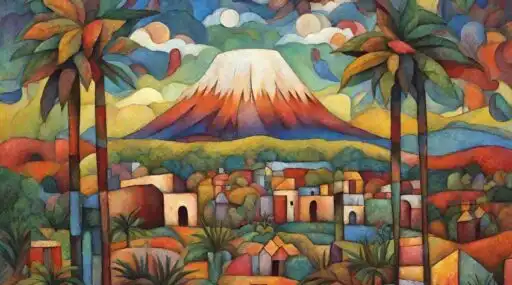
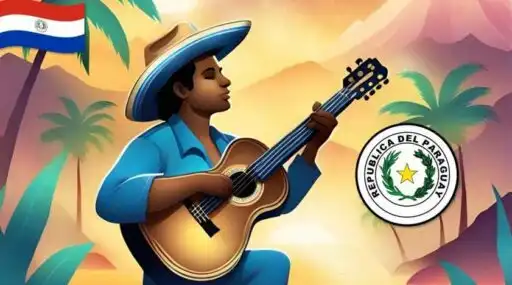
Leave a Reply